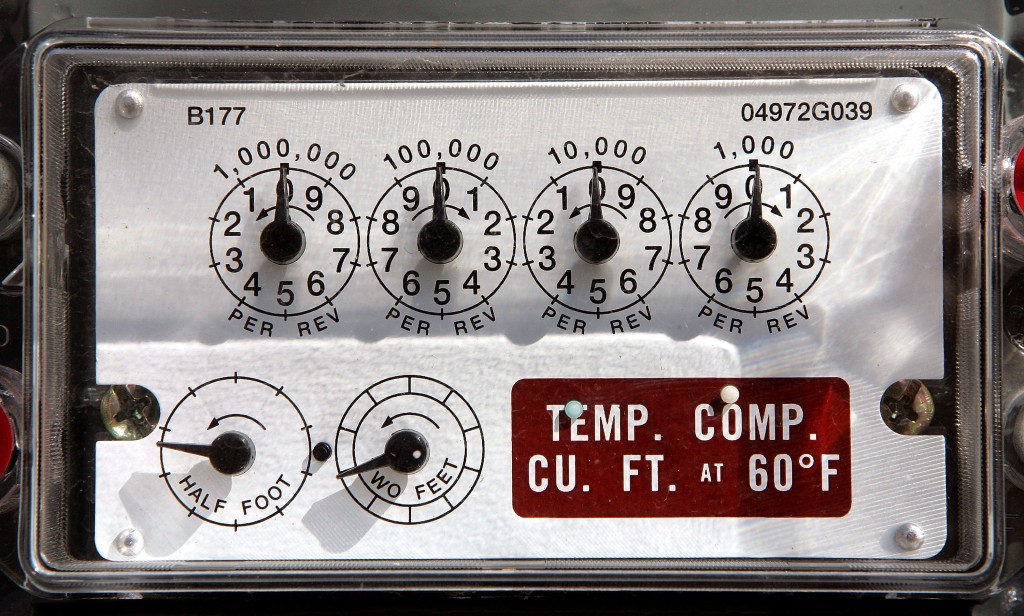By: John W. Schoen | CNBC.com Economics Reporter Corporate leaders give themselves a lousy grade on their efforts to develop sustainable supplies of natural resources strained by a growing global population and a rapidly expanding middle class of consumers. With demand for everything from food and water to rare earth minerals expected to continue to… Keep reading →
Energy Savings
Sign up and get Breaking Energy news in your inbox.
We will never sell or share your information without your consent. See our privacy policy.The City of Chicago passed an ordinance September 11 requiring buildings with more than 50,000 square feet to report their energy use to a benchmarking tool and eventually to the public. The law, passed in a 32-to-17 vote, is part of the city’s overall efforts to reduce energy use in half of Chicago’s buildings 30… Keep reading →
The American Council for an Energy-Efficient Economy just released a report ranking the 34 largest US cities on energy efficiency. “By considering both policies and energy performance, the City Scorecard reflects the current activities and historical legacies in each city, and as a result provides actionable information to policymakers and residents,” the group writes in… Keep reading →
The American Council for an Energy-Efficient Economy yesterday released a report ranking the 34 largest US cities on energy efficiency. “By considering both policies and energy performance, the City Scorecard reflects the current activities and historical legacies in each city, and as a result provides actionable information to policymakers and residents,” the group writes in… Keep reading →
Energy fields such as light, heat and sound all around us every day, but can we develop a process by which energy can be derived from these external sources and used to power things? The answer is energy harvesting; a process by which ambient energy can be collected and stored for on-demand, off-grid use, with… Keep reading →
Buildings account more than 40% of energy consumption in the United States, and 30%-50% of that usage is routinely wasted. Despite this significant economic and environmental opportunity, building energy efficiency is vastly underfunded today. Government, utilities, technology vendors, energy service providers, software providers, and a host of other organizations are working to change this dynamic.… Keep reading →
Magnetically-levitated train breaks speed record in Japan. The $90 billion project is far from complete, but without wheel friction, these trains will require far less energy while sustaining less wear and tear, which drastically cuts maintenance costs. But don’t expect to see one in the US anytime soon. [Grist] New report discusses US clean energy… Keep reading →
by Pete Danko Fuel cells are not a renewable energy source, of course, although they can be tied to renewable energy. But even using fossil fuels their ability to produce electricity through an electrochemical process – instead of combustion – can make them flexible, relatively clean and efficient energy producers. And quiet, too, the U.S.… Keep reading →
Determining the value of a Nest thermostat appears straightforward – compare the costs of purchase and installation with the total energy cost savings gain. However, this equation doesn’t account for an increasingly popular and potentially disruptive business model: the bundled energy efficiency/electricity supply contract. About the Nest Thermostat The Nest thermostat is the most publicized hardware… Keep reading →
Researchers at the Lawrence Berkeley National Lab designed a way to dynamically control light and heat transfer through windows, which can save heating/cooling and lighting costs by reducing the amount of energy needed to perform those functions. The technology works by embedding nanocrystals – invisible to the naked eye – within the glass that can… Keep reading →










